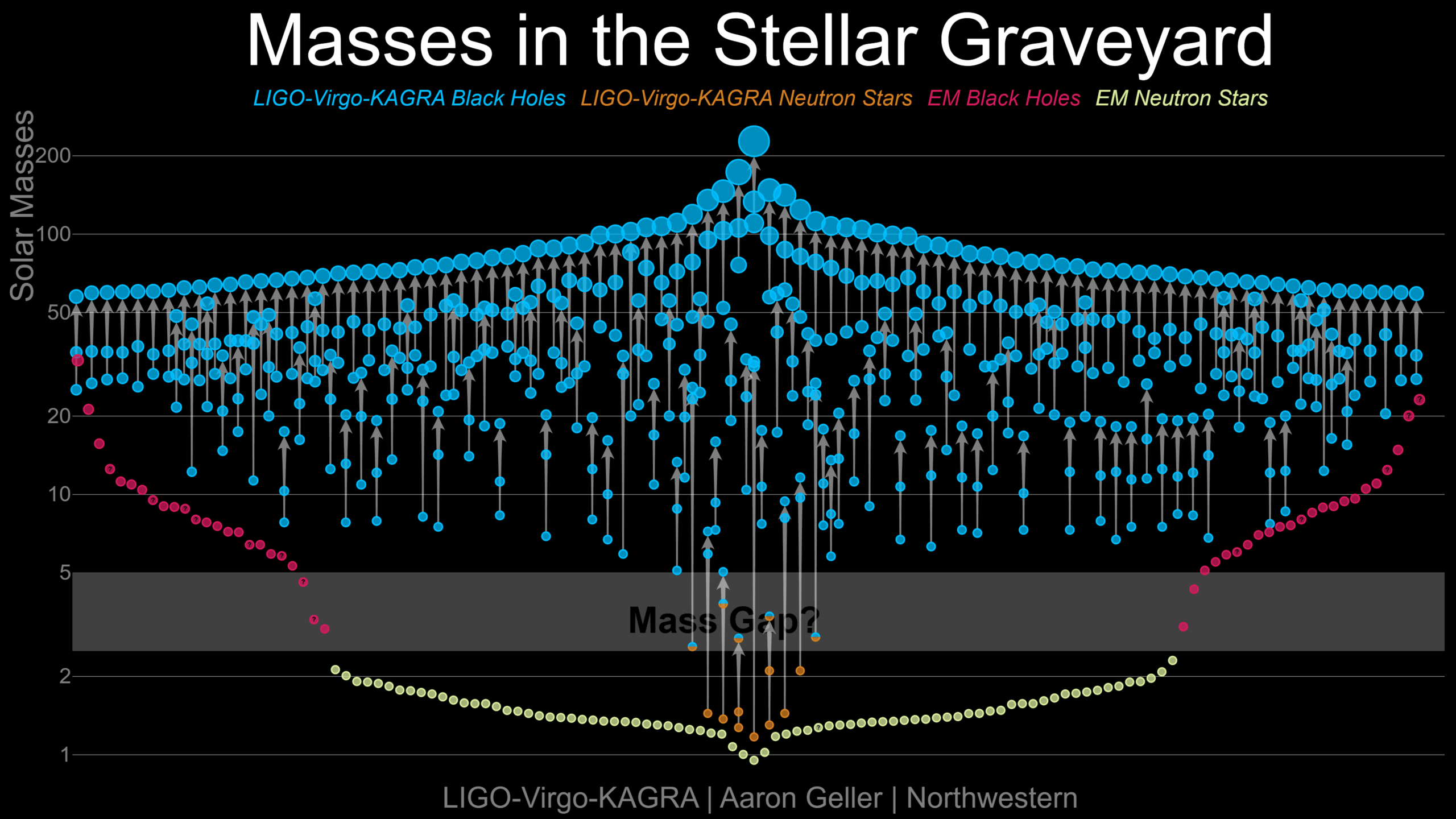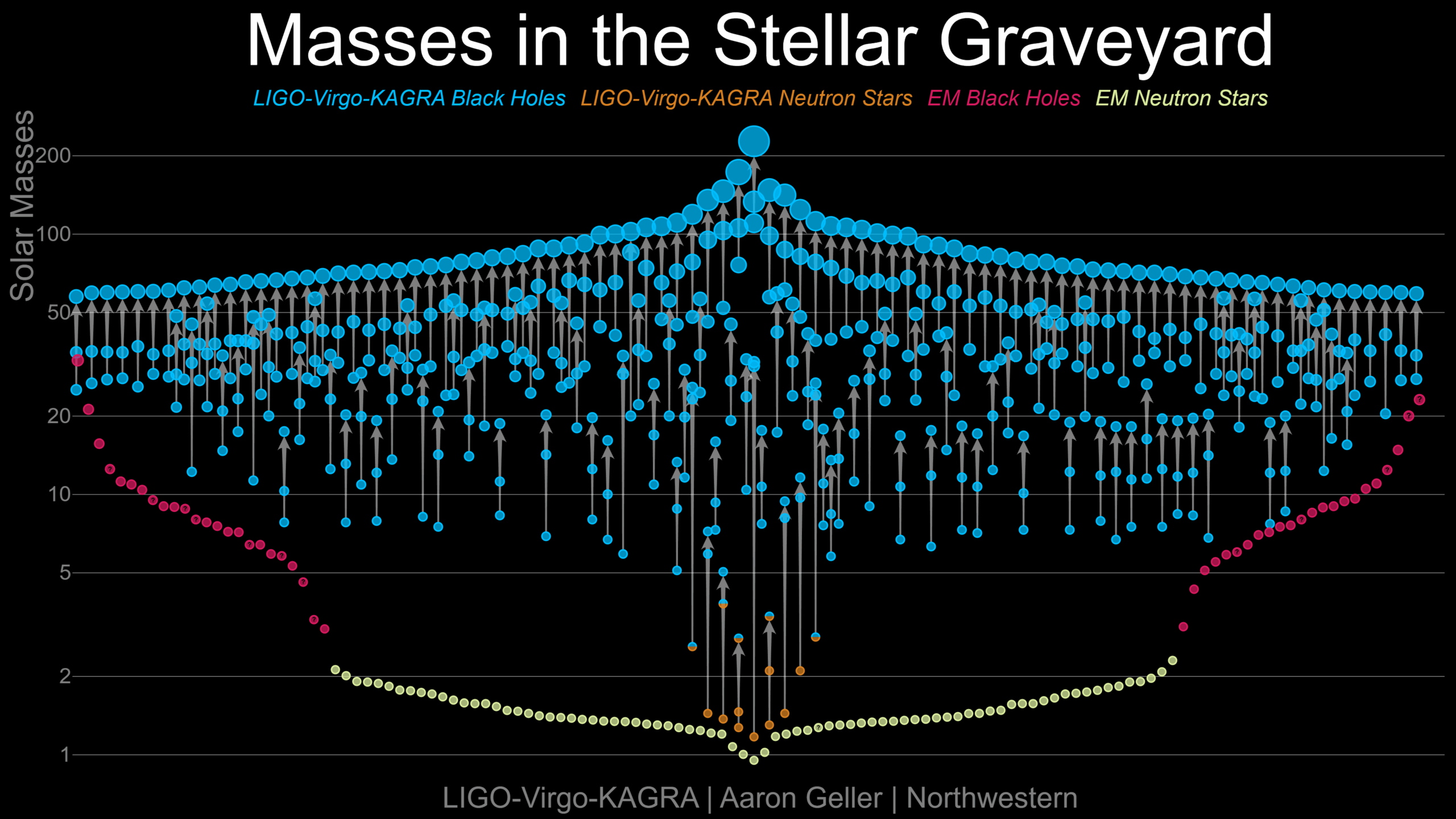A New Window on the Universe
History is replete with turning points, moments that are looked back on as being pivotal to the flow of events that led to our civilization today. Scientific history is equally full of turning points — defining discoveries that transformed our understanding of the Universe and how it works. In 2015 such a discovery was made with the first observation of gravitational waves, which let us listen to the Universe and study it in a completely new way, founding the field of gravitational-wave astronomy.
The National Science Foundation’s LIGO (Laser Interferometer Gravitational-Wave Observatory) and the European-based Virgo instruments have now detected gravitational waves from more than 10 cosmic sources, including stellar-mass binary black hole mergers and one merger of neutron stars, which are the dense, spherical remains of stellar explosions.
Northwestern University has faculty, students, and postdocs in CIERA (Center for Interdisciplinary Exploration and Research in Astrophysics) working in international collaborative teams and leading work in the new fields of gravitational-wave astrophysics and multi-messenger astronomy. Explore some of the exciting moments of these discoveries with them.
LIGO & Gravitational Waves
LIGO’s first detection of gravitational waves and merging black holes occurred on September 14, 2015, an event that made headlines worldwide and confirmed a major prediction of Albert Einstein’s 1915 general theory of relativity. The field of gravitational-wave astronomy was born with a little chirp “heard” on Earth that forever changed the way we see the universe. Additional content available on CIERA’s Gallery. View the story from Northwestern News, “Gravitational Waves Detected 100 Years After Einstein’s Prediction.”
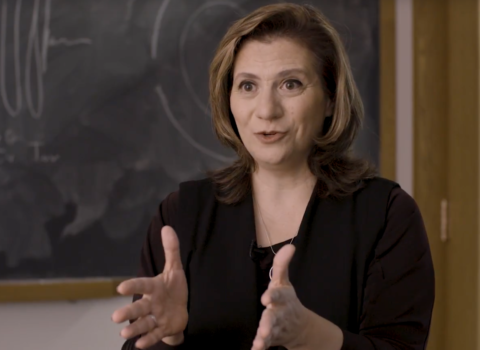
What is LIGO?
What is LIGO?
CIERA Director and Northwestern LIGO group lead Vicky Kalogera talks about the different types of waves astronomers have used throughout history to study the Universe. Now, we are in the age of “multi-messenger” astronomy. This means that different types of waves from the same cosmic event can be studied.
LIGO-Virgo / Northwestern
- Video
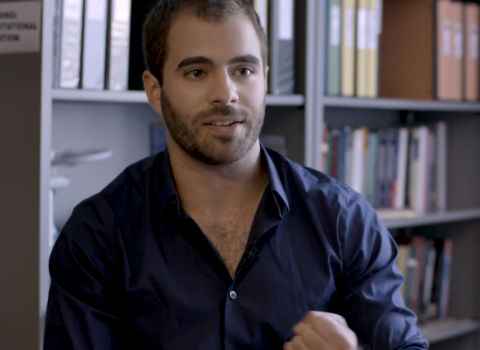
What are Gravitational Waves?
What are Gravitational Waves?
Northwestern University astronomers talk about gravitational waves — what they are, how to understand them, and why they are important to studying the Universe.
LIGO-Virgo / Northwestern
- Video
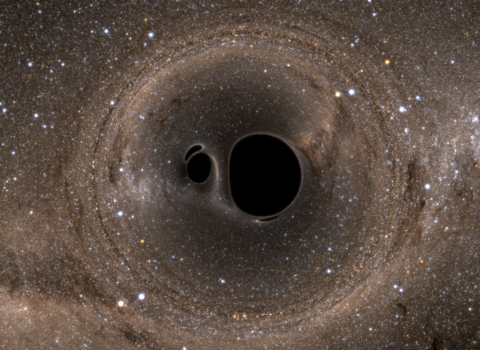
Northwestern University Experts Explain Discovery of Gravitational Waves
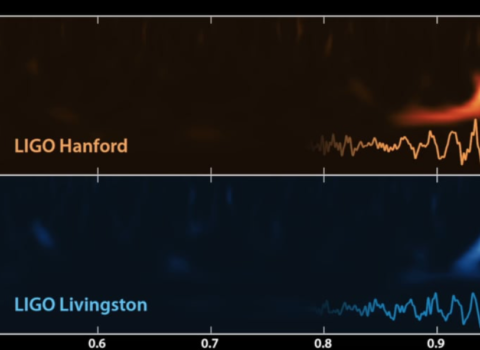
Gravitational Waves are Heard, Not Seen
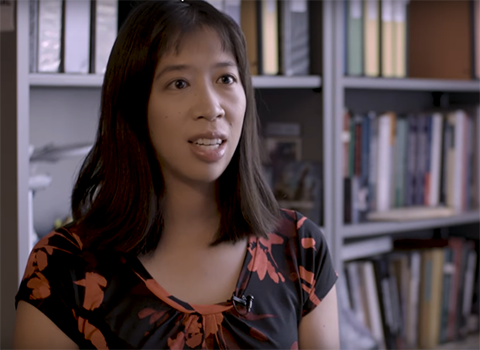
The Application of Basic Science
The Application of Basic Science
CIERA Director and Northwestern LIGO group lead Vicky Kalogera talks about how basic science is discovered and used in society.
LIGO-Virgo / Northwestern
- Video

Why is Science Important?
Why is Science Important?
CIERA Associate Director and Northwestern LIGO group member Shane Larson says that inspiration and collaboration, two huge parts of scientific discoveries, can help us solve society’s problems.
LIGO-Virgo / Northwestern
- Video
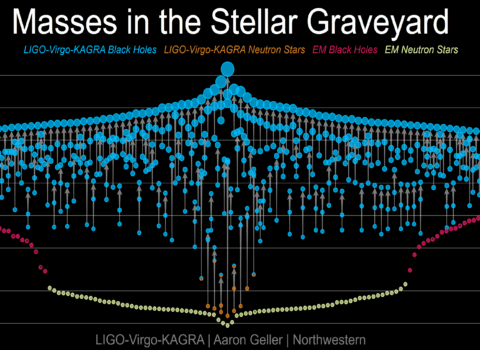
Masses in the Stellar Graveyard
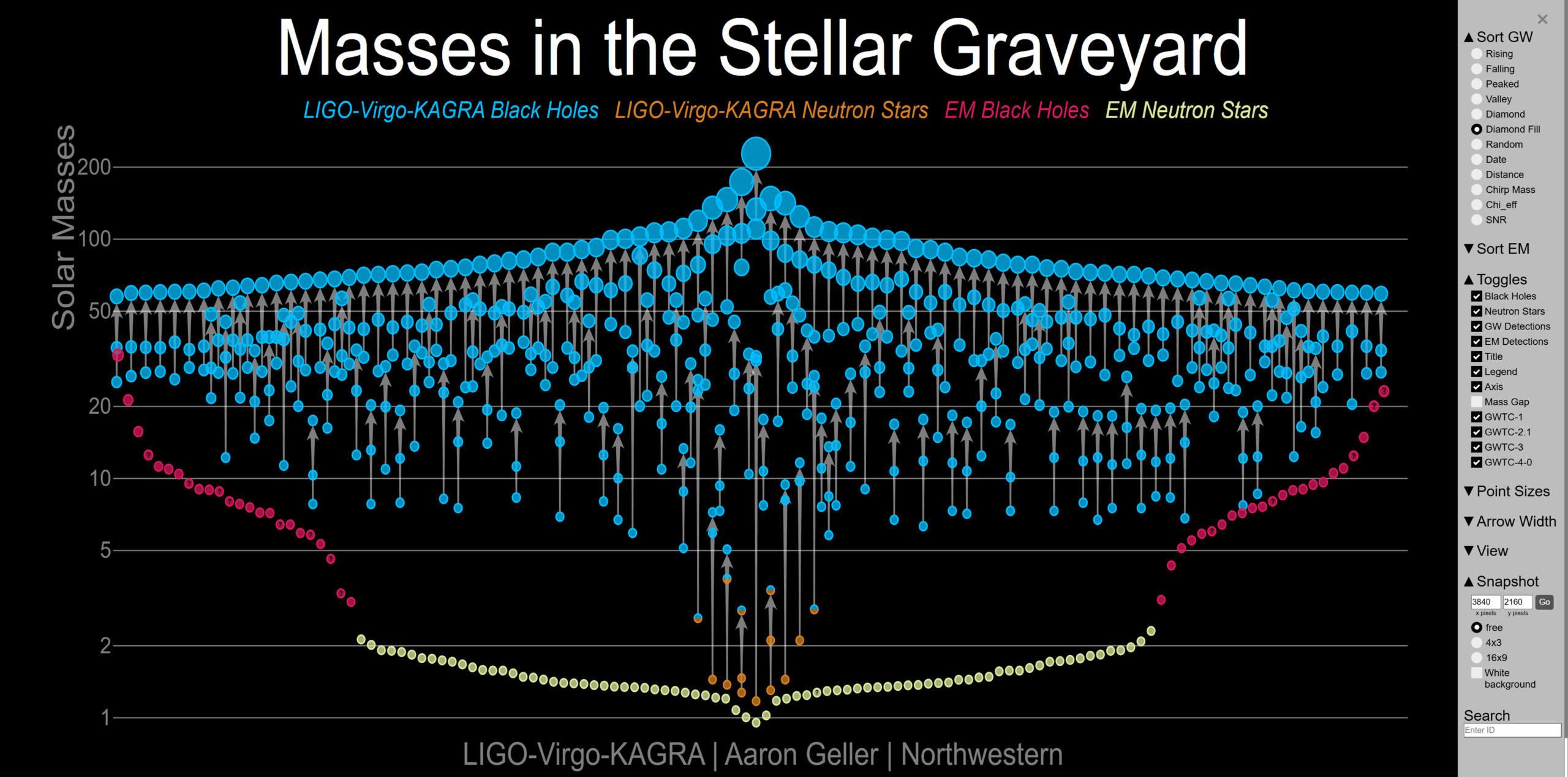
Masses in the Stellar Graveyard
Visualization: LIGO-Virgo-KAGRA / Aaron Geller / Northwestern
- Visualization
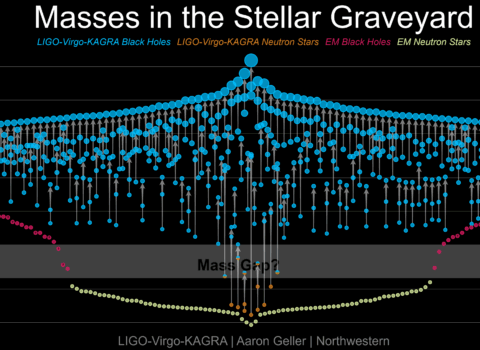
Masses in the Stellar Graveyard
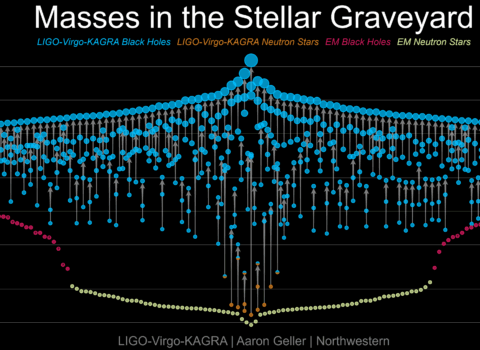
Masses in the Stellar Graveyard

LIGO-Virgo-KAGRA Discoveries Over Time
LIGO-Virgo-KAGRA Discoveries Over Time
This animation shows the increasing sample of gravitational wave sources, starting before LIGO-Virgo-KAGRA went online (with only electromagnetic, EM, sources) and then moving through the three main data releases that are now available (GTWC-1, GWTC-2.1, and GWTC-3). Watch as the sample of merging black holes and neutron stars has dramatically increased over the past few
Visualization: LIGO-Virgo-KAGRA / Aaron Geller / Northwestern
Binary Neutron Star Mergers
The concurrent discovery of a binary neutron star merger using both gravitational waves and light on August 17, 2017 initiated one of the most intensive world-wide astronomical observing campaigns in history. CIERA has scientists who work on both the gravitational waves and electromagnetic discovery teams. View the Northwestern News story, “When Stars Collide in Space.”
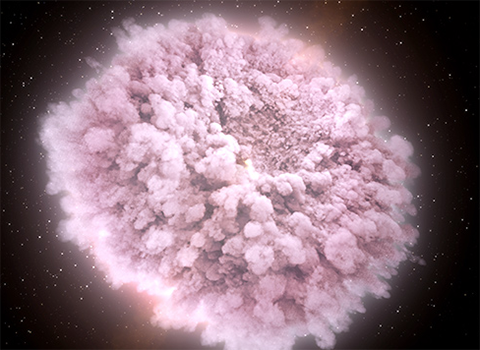
When Stars Collide: A Neutron Star Death Spiral
When Stars Collide: A Neutron Star Death Spiral
An international research collaboration, including four Northwestern University astronomers, is the first to detect the spectacular collision of two neutron stars in a nearby galaxy using both gravitational waves and light.
LIGO-Virgo / Northwestern
- Video
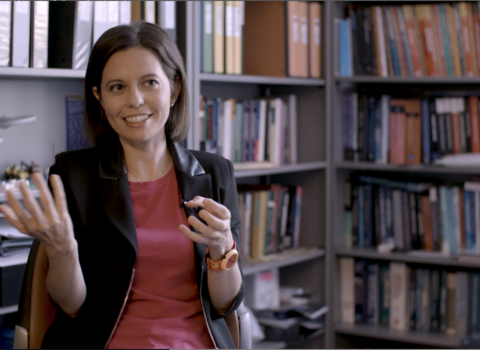
Binary Neutron Stars
Binary Neutron Stars
What is a neutron star? What is it like when two neutron stars collide? Northwestern University astronomers describe the GW170817 merger of these massive objects in our Universe.
LIGO-Virgo / Northwestern
- Video

What are Short Gamma Ray Bursts?
What are Short Gamma Ray Bursts?
CIERA Director Vicky Kalogera and Associate Director Shane Larson talk about the history of gamma ray bursts, and the theory that short gamma ray bursts are caused by collisions of neutron starts. Now, that puzzle is solved!
LIGO-Virgo / Northwestern
- Video
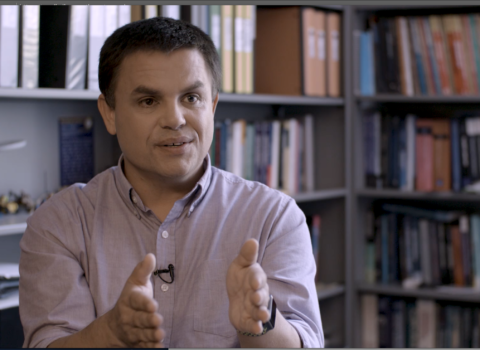
The Mass Gap Mystery
The Mass Gap Mystery
CIERA Associate Director and Northwestern LIGO group member Shane Larson describes how the masses of objects in our Universe is very important to astronomers’ understanding of events like GW170817.
LIGO-Virgo / Northwestern
- Video
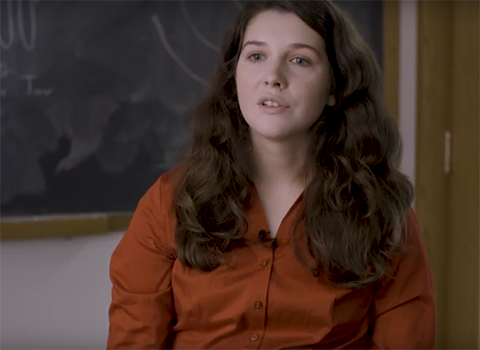
Optical Telescope Follow-Up
Optical Telescope Follow-Up
After the spectacular collision of two neutron stars, which produced gravitational waves that were detected here on Earth, astronomers at Northwestern University describe how telescopes around the world looked for light.
LIGO-Virgo / Northwestern
- Video
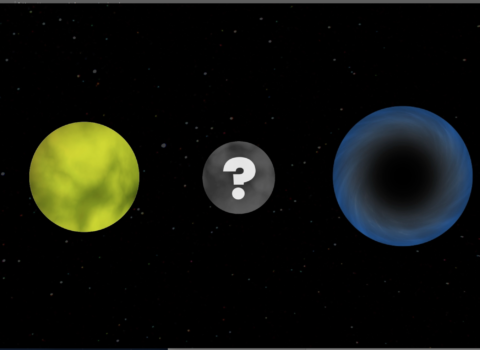
What do two neutron stars produce when they collide?
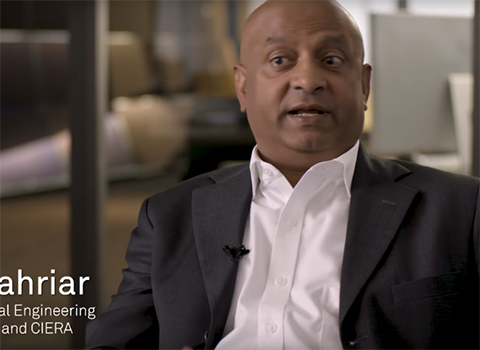
The Signal
The Signal
CIERA Associate Director and Northwestern LIGO group member Shane Larson describes how different the 2017 Neutron Star Merger (GW170817) signal is from previous signals.
LIGO-Virgo / Northwestern
- Video
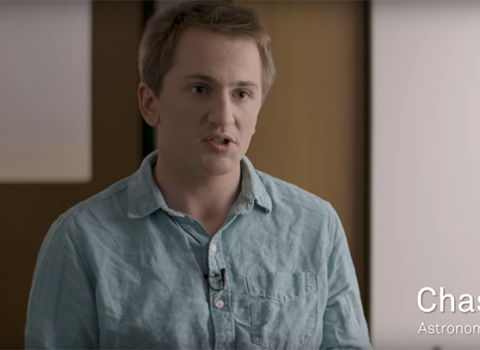
Cosmic Skeletons Dancing in a Stellar Graveyard
Cosmic Skeletons Dancing in a Stellar Graveyard
An international research collaboration, including four Northwestern University astronomers, is the first to detect the spectacular collision of two neutron stars in a nearby galaxy using both gravitational waves and light.
LIGO-Virgo / Northwestern
- Video
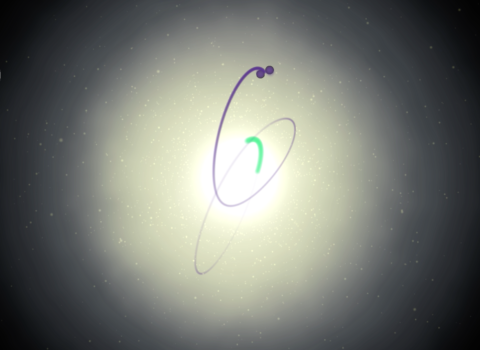
Final Flight of a Neutron Star Pair: GW170817 from Birth to Merger in Galaxy NGC 4993
Final Flight of a Neutron Star Pair: GW170817 from Birth to Merger in Galaxy NGC 4993
This video illustrates the collision of two neutron stars (GW170817).
LIGO-Virgo / Northwestern
- Video
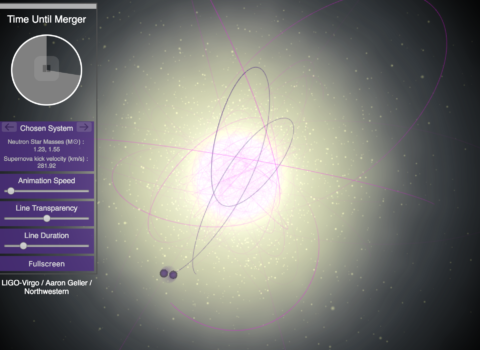
Final Flight of a Neutron Star Pair
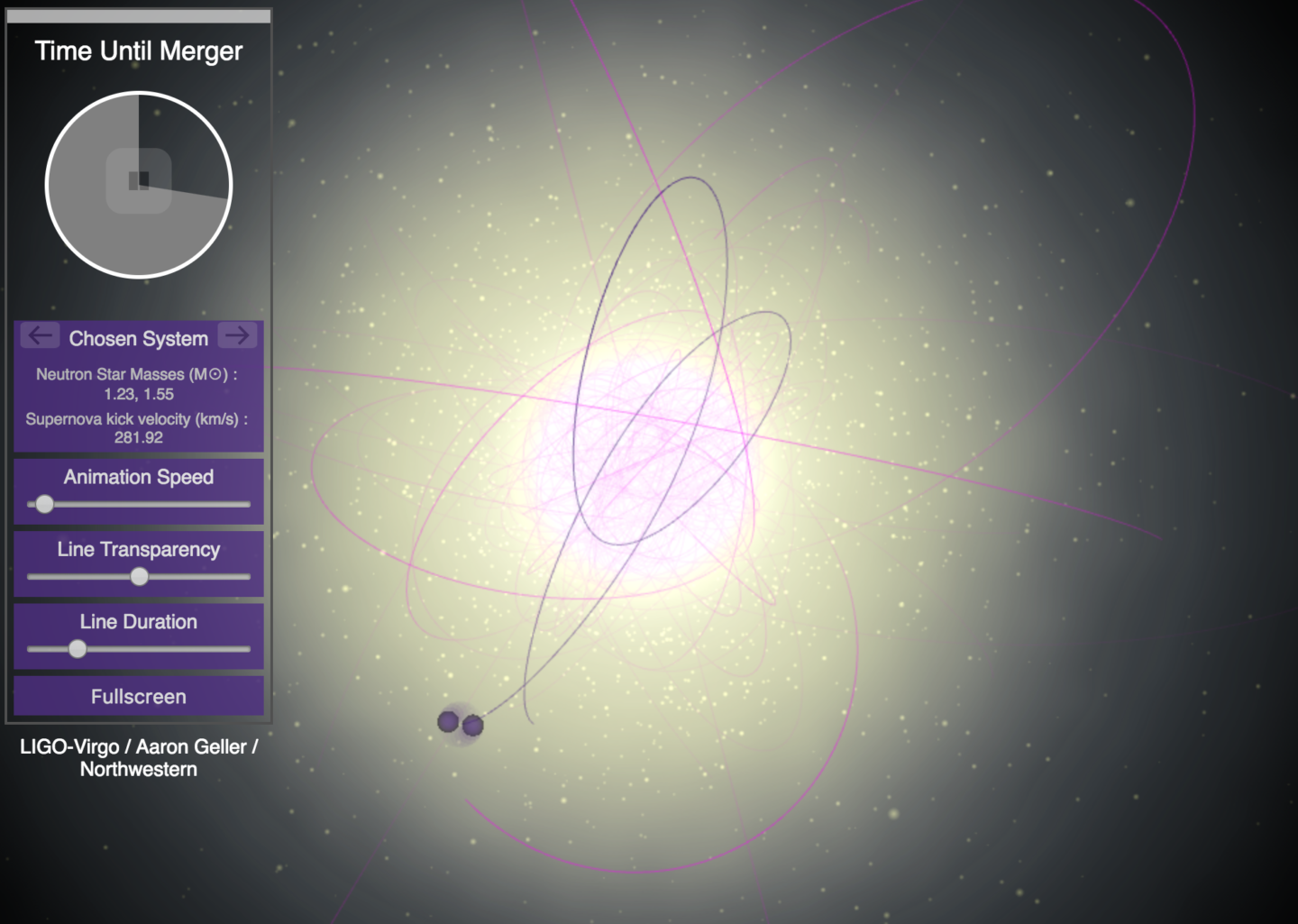
Final Flight of a Neutron Star Pair
This interactive allows you to investigate possible past lives of the two neutron stars that merged in an event called GW170817 in the galaxy NGC 4993. The pair of stars—a neutron star and a normal star—orbit quietly, until the normal star undergoes a supernova, spawning a second neutron star and “kicking” the system into an elliptical orbit.
LIGO-Virgo / Aaron Geller / Northwestern
- Visualization
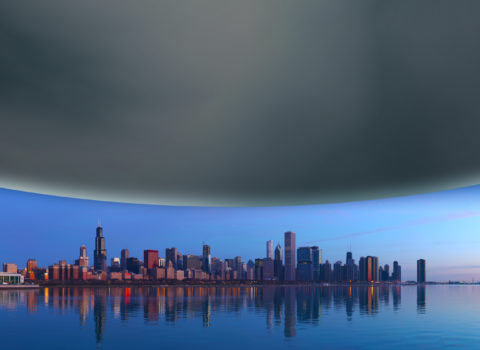
Neutron Star Over Chicago
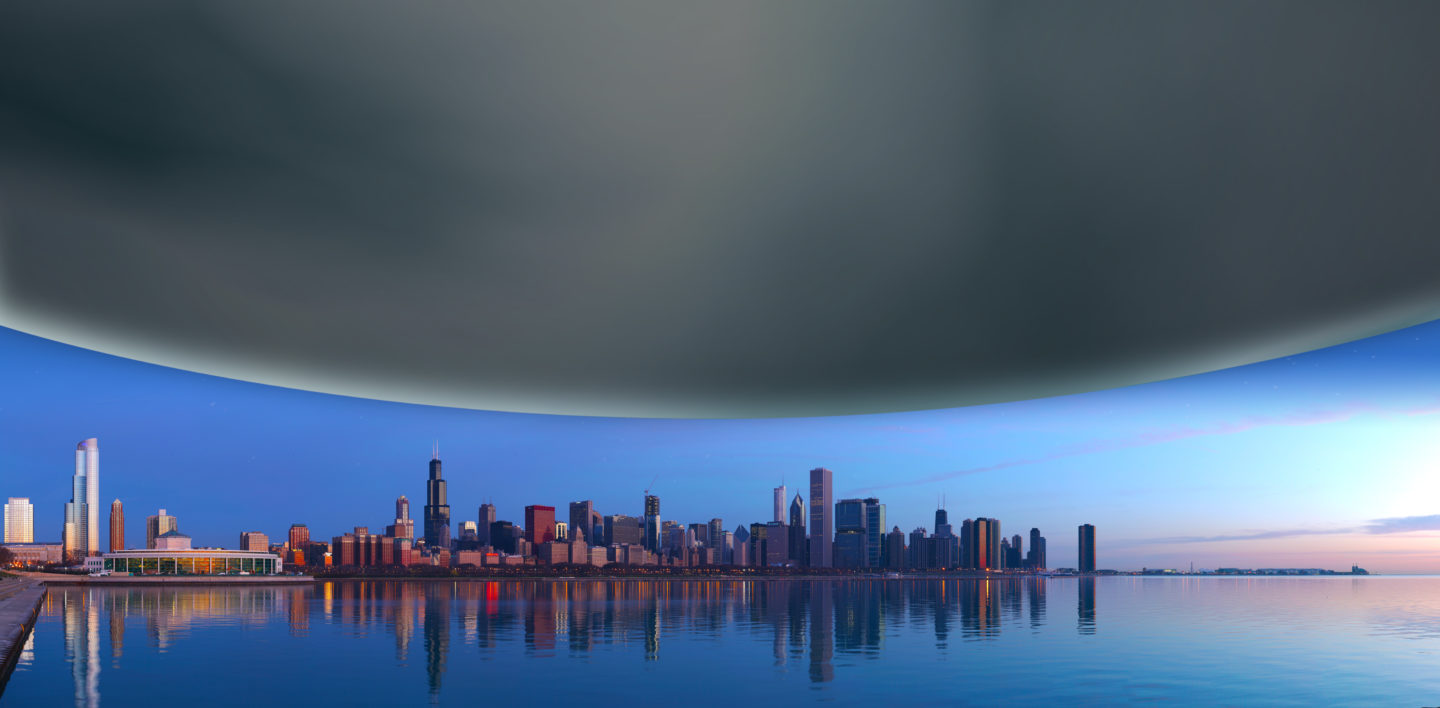
Neutron Star Over Chicago
A neutron star compared with the skyline of Chicago. Neutron stars are about 12 miles in diameter and are extremely dense.
Nick Gertonson / Daniel Schwen / Northwestern / LIGO-Virgo
- Image

Peering into the Cosmic Maelstrom
Peering into the Cosmic Maelstrom
Following the October 16, 2017 announcement of the first-ever observation of a binary neutron star inspiral and merger, Northwestern’s astronomy research center, CIERA, held a discussion with the Northwestern scientists behind the discovery. View the recording of this event in full, and join Professors Vicky Kalogera, Shane Larson, Raffaella Margutti and Wen-fai Fong as they
CIERA / Northwestern
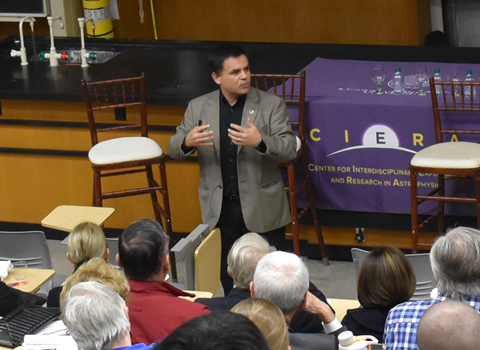
Science Lecture from Peering into the Cosmic Maelstrom
Science Lecture from Peering into the Cosmic Maelstrom
Following the October 16, 2017 announcement of the first-ever observation of a binary neutron star inspiral and merger, Northwestern’s astronomy research center, CIERA, held a discussion with the Northwestern scientists behind the discovery. View the lecture by Shane Larson to understand the science behind this amazing astronomical event!
CIERA / Northwestern
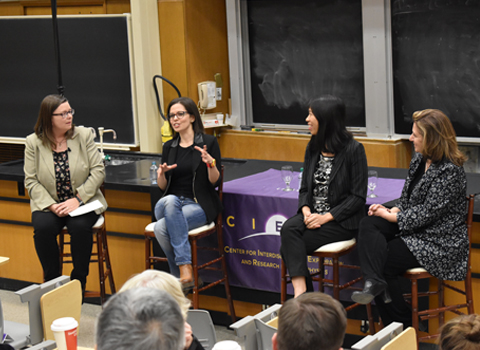
Panel Discussion from Peering into the Cosmic Maelstrom
Panel Discussion from Peering into the Cosmic Maelstrom
Following the October 16, 2017 announcement of the first-ever observation of a binary neutron star inspiral and merger, Northwestern’s astronomy research center, CIERA, held a discussion with the Northwestern scientists behind the discovery. View the panel discussion with Professors Vicky Kalogera, Raffaella Margutti, and Wen-fai Fong. Panel moderated by Adler Planetarium President & CEO, Michelle
CIERA / Northwestern
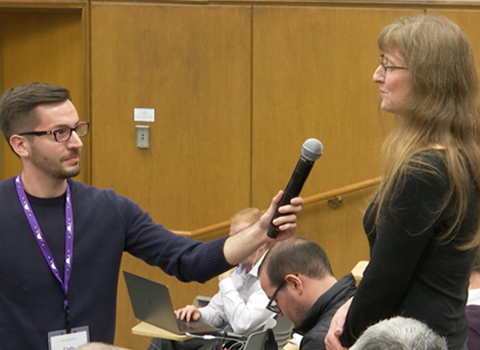
Audience Questions from Peering into the Cosmic Maelstrom
Audience Questions from Peering into the Cosmic Maelstrom
Following the October 16, 2017 announcement of the first-ever observation of a binary neutron star inspiral and merger, Northwestern’s astronomy research center, CIERA, held a discussion with the Northwestern scientists behind the discovery. View the audience question & answer period from this event.
CIERA / Northwestern

